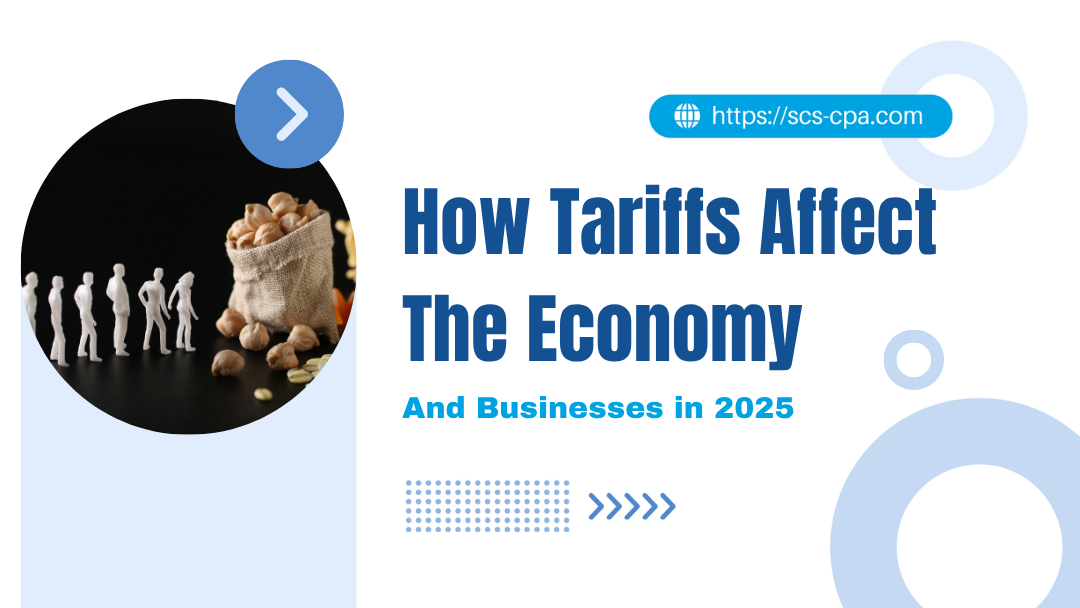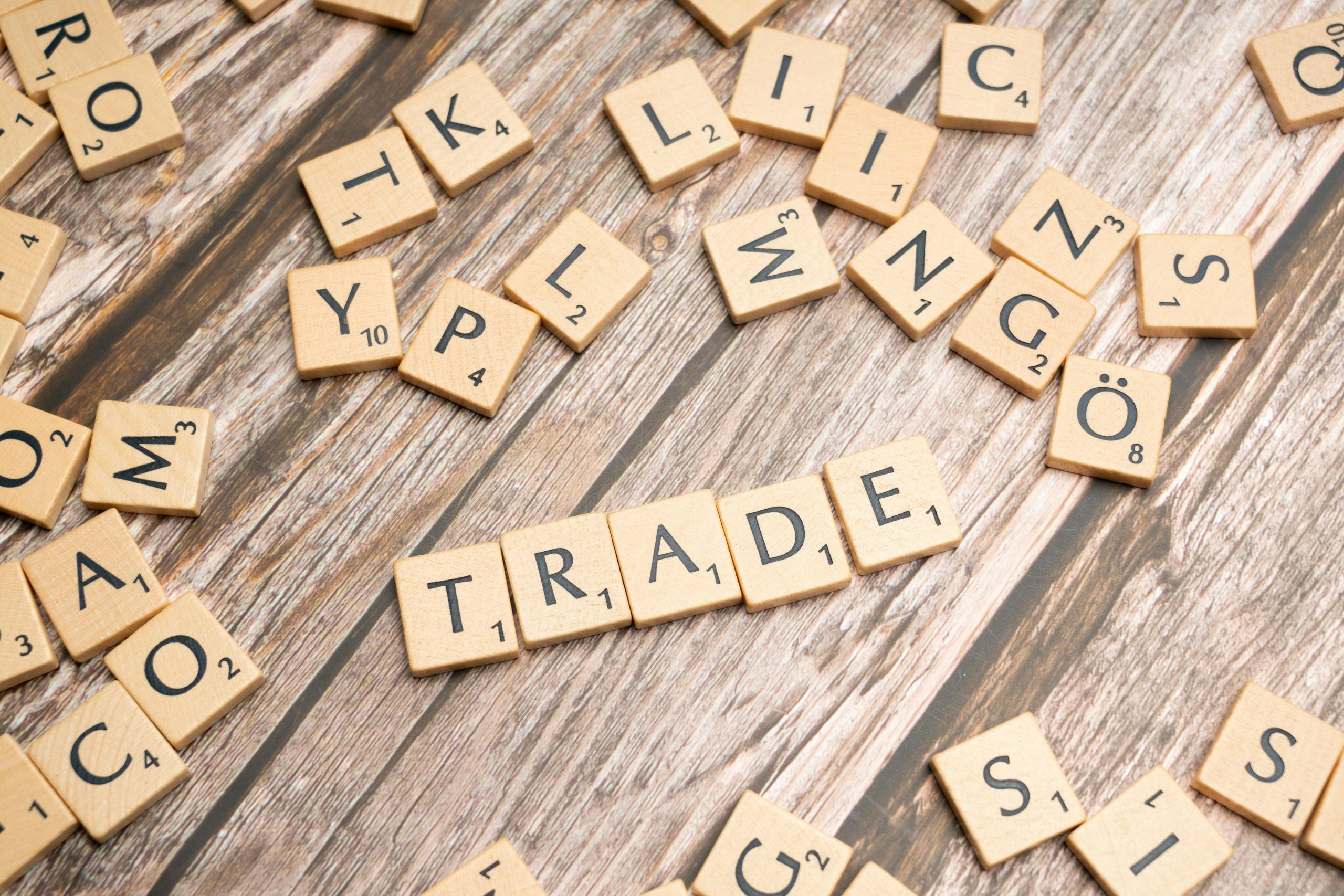
Have you ever wondered how tariffs affect us? In April 2025, President Donald Trump sparked global trade tensions. He announced a 10% tariff on all imports, including those from Singapore. This move aims to revive production and support local industries.
On July 28, Trump made a trade deal with the European Union. This deal led to a 15% tariff on most EU goods. The 50% tariffs on steel and aluminium remained. Pharmaceutical products are also likely to face higher duties.
What does this mean for global trade? How will Singapore respond to them? Read on with us to find out.
But First: How Do Tariffs Work?

Tariffs are taxes imposed on imports. They are often used as a policy tool to protect local industries or influence foreign trade behaviour.
How Do Tariffs Work (with Example)?
Let’s say an imported product costs SGD 10. A 10% tariff would increase its cost to SGD 11. The extra SGD 1 goes to the importing country’s government as tax revenue.
Tariffs make foreign goods more expensive, encouraging consumers to buy local products. Furthermore, governments may use tariffs to:
- Shield local industries from foreign competition
- Generate tax revenue
- Leverage trade negotiations
Who Pays Tariffs?
While governments impose tariffs, businesses initially pay the cost of imported goods. Yet, those businesses often pass the cost to consumers in the form of higher prices.
So, the real answer to “who pays tariffs” is often: consumers.
Summary of Major 2025 Tariffs
| Date | Tariff Policy |
| April 2, 2025 | 10% baseline tariff on nearly all U.S. imports, including from Singapore |
| Late July 2025 | 15% on most EU goods, 15–20% on Japan, ~20% on Canada & Mexico, 50% on steel & aluminium, 100% on select film/AI imports |
Sources:
How Tariffs Affect The Economy (April–July 2025)

Short-Term Effects
- Global Supply Chain Disruption
Companies that rely on imports, especially small and medium-sized enterprises (SMEs), have seen immediate cost increases. This forced many to rethink their sourcing strategies and delay investments. - Inflationary Pressures:
According to the Bureau of Economic Analysis, the tariffs increased consumer prices in the U.S. by 2 to 3%. Items such as steel, aluminium, electronics, and clothing saw a significant rise in costs. - Diminished Consumer Purchasing Power:*
Experts predict that the price of everyday items will reduce the yearly buying power of American families. They estimate this reduction to be USD 3,800 each year.
Medium to Long-Term Implications
- Slowed Global Economic Growth:
Forecasts from the World Bank suggest a deceleration in global GDP growth. Trade-dependent countries, such as Singapore and Australia, are at risk. - Decline in Business Investment:
The ambiguity surrounding future tariffs caused businesses to pause or reduce long-term investments. As such, innovation and expansion initiatives are hindered. - Reconfiguration of Supply Chains:
To avoid tariffs, companies are shifting production to nations that are exempt from such duties. This process is known as “onshoring” or “nearshoring,” which is complex and expensive. - Impeded Innovation:
Ultimately, tariff barriers also stall long-term productivity enhancements. They obstruct technological movement while reducing international cooperation in research and development.
The Positive Aspects
- Expansion of Domestic Industries:
As imports decline, domestic demand for certain industries saw a temporary increase. Among them are steel, aluminium, and electronics. - Strengthened Bargaining Power in Trade Talks:
Tariffs enhanced the U.S.’s negotiating power, prompting other countries to reconsider trade agreements.
The Negative Aspects
- Widespread Industry Setbacks:
Manufacturers that rely on foreign materials are facing rising costs. As such, they become less competitive on the international stage. - Retaliatory Tariffs:
Nations like China and the EU are affected by U.S. tariffs and have enacted counter-tariffs. This countermeasure escalates trade tensions and affects exporters worldwide. - Global Job Loss Risks:
Global trade contraction endangers millions of jobs, especially in export-driven sectors. Among those affected are logistics, technology, and wholesale trade. - Consequences for Singapore:
Sectors such as manufacturing, wholesale, and transport suffer from the tariffs. According to Singapore’s Ministry of Trade and Industry, it faces declining global demand and export limitations.
How Tariffs Affect Consumers

Indeed, and the repercussions are becoming increasingly evident.
- Rising Prices:
Businesses may initially absorb costs from the tariffs. Yet, most eventually pass these costs onto their consumers. In the U.S., clothing prices increased by 17%, with huge spikes in electronics and food prices. - Diminished Purchasing Power:
Higher prices reduce real purchasing power, especially for lower-income households. This is because they have to spend a bigger share of their income on imported necessities. - Weaker Consumer Confidence:
Rising prices and economic uncertainty make consumers wary of their spending. Moreover, the Conference Board reported that consumers are also less positive about business conditions, job prospects and future income.
Sources: [1] [2] [3] [4] [5] [6] [7] [8] [9] [10] [11]
💡Tip: Stay Informed to Maintain an Edge
Whether you are a business owner, policymaker, or consumer, you must stay updated on how tariffs affect your finances. You can follow reliable news portals and resources. Among them are ASEAN Briefing, Bloomberg, Yahoo Finance and the Guidelines for Registered Corporate Service Providers (CSPs)
Or, engage with experts. Collaborate with a trustworthy Corporate Service Provider (CSP) like SCS for:
- Compliance with tariffs
- Development of supply chain strategies
- Scenario planning and risk management
Conclusion
The fresh winds of change are fanning transformations within the global economic landscape in 2025. These changes affect every enterprise, household, and consumer choice. Thus, it has become essential for businesses to remain informed and adaptable.
The ripple effects from tariff hikes will continue to influence markets, investments, and livelihoods for years to come.
Have A Question?
Connect with us for a free
consultation to begin your
business transformation.
Disclaimer: The information provided in this article is intended for general guidance only and reflects regulations as of the publication date. Given that compliance requirements, processes, and fees may change over time, readers are advised to consult official sources such as ACRA for the most up-to-date information or seek professional guidance from our team.
How to Change Your Company Name in Singapore
A company's name can significantly shape its identity, yet there are times when a change becomes...
Is Singapore a Tax Haven? A Comprehensive Analysis
Is Singapore really a tax haven, or is it simply capitalising on tax policies that spur economic...
Fiscal Year vs Financial Year: Definitions and Implications
Is there a difference between a fiscal year and a financial year? While they both refer to the...



